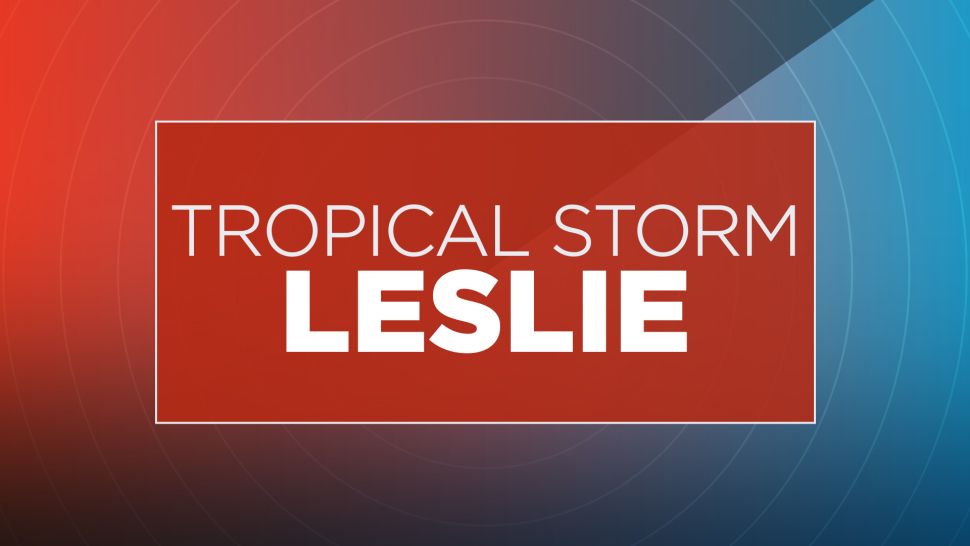ORLANDO, Fla. — Tropical Storm Leslie remains a large system in the central Atlantic.
- Leslie no threat to Florida or U.S.
- Leslie may create dangerous surf, rip current conditions on Florida's East Coast
- TRACKING THE TROPICS: Watches, warnings, forecasts, spaghetti models
Leslie will continue to produce rip currents and large swells across the US east coast.
Leslie is located about 450 miles east-northeast of Bermuda. This storm does not pose a threat to Florida or the U.S., but swells generated by Leslie continue to create life-threatening surf and rip current conditions. These large swells will likely continue for the rest of the week and into the weekend.
Leslie has sustained winds of 65 mph and is moving to the north at 12 mph. The minimum central pressure is currently 984 mb. Tropical storm force winds extend outward up to 290 miles from the center.

Leslie will move north for the rest of the week, then a sharp turn to the east this weekend. The system will remain a tropical storm for the next several days.
Elsewhere, we continue to watch a large complex in the western Caribbean Sea. This system remains disorganized and will continue to be impacted by strong upper level winds as it drifts northward. Once it moves into the northwestern Caribbean, there is a window in which the system could organize and strengthen. This complex has a medium chance of development, and will be watched closely over the next several days.
Michael is the next name on the list for this year. Hurricane season runs through Nov. 30.



